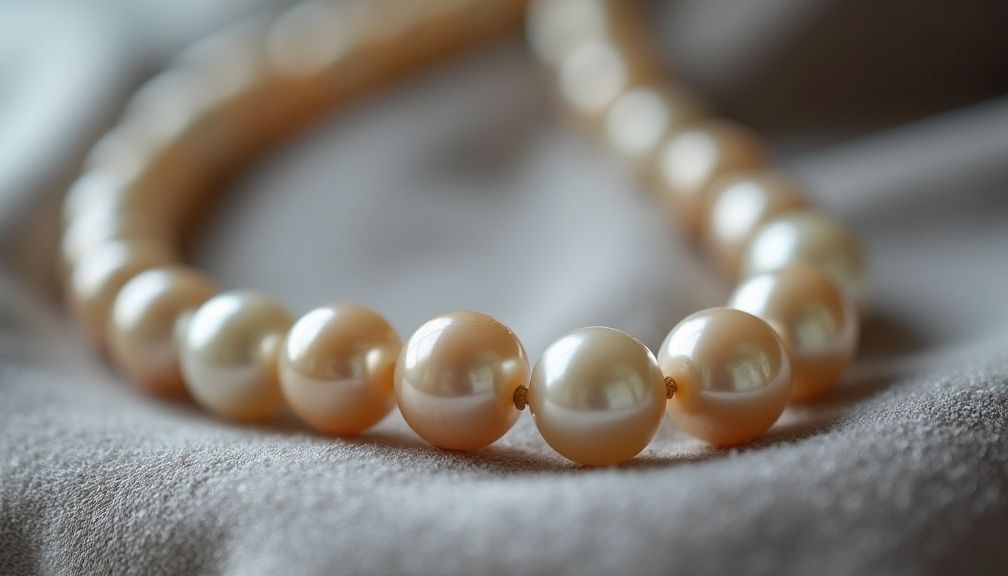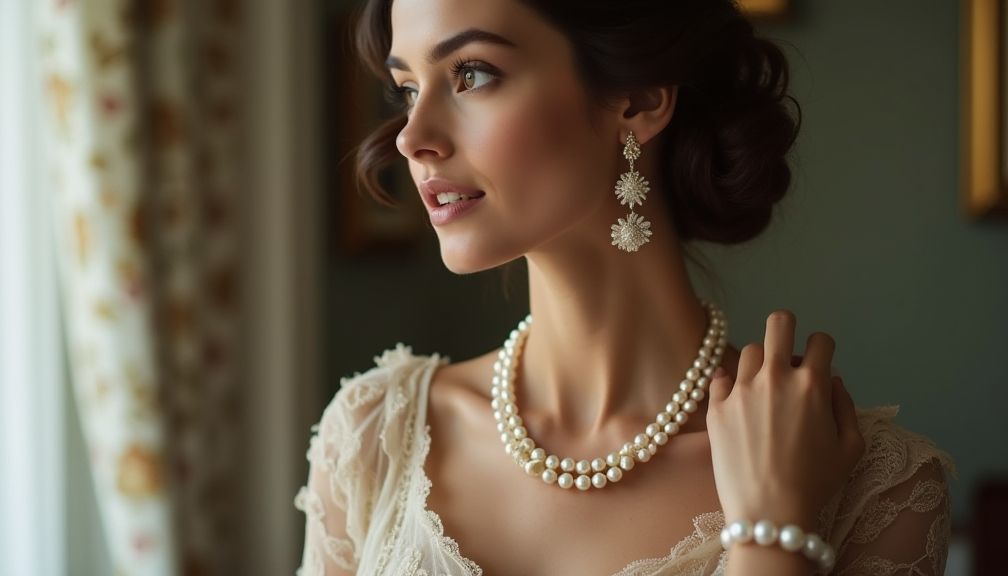Pearls have captivated humanity for centuries. Their enchanting luster and unique formation have made them an object of desire, but when exactly did they transmute from mere beads to symbols of status? In this intriguing journey through time, we will explore the evolution of pearls, their historical significance, and how they emerged as a powerful emblem of wealth and social standing.
The Origins of Pearls
Pearls are organic gemstones, formed within the shells of mollusks, primarily oysters. Their earliest known references date back to ancient civilizations. Some of the first recorded uses of pearls can be traced back to the ancient Egyptians, who revered these gems. They adorned their jewelry and even buried them with their pharaohs as a sign of their divine status.
The Chinese also have a long history with pearls, dating back thousands of years. They were prized for their beauty and rarity, often associated with the moon due to their luminescent qualities. These early usages laid the foundation for pearls becoming a symbol of wealth and luxury.

Ancient Civilizations and Pearls
In ancient Rome, pearls were highly esteemed, often worn by the elite. Julius Caesar famously remarked that pearls were the most valuable possession one could own, and they began to signify nobility. Roman patricians would wear pearls as a testament to their riches, and even the earliest mentions of pearls in literature, such as by Pliny the Elder, highlighted their desirability.
In contrast, the East saw pearls being integrated into cultural and religious symbolism. In India, they were seen as sacred objects. Hindu texts often mention pearls in association with spirituality and purification, enhancing their status as a coveted gemstone.
The Middle Ages: A New Chapter
The Middle Ages marked a significant evolution in the perception of pearls. As trade routes expanded, pearls became more accessible, yet they still retained an aura of exclusivity. The Renaissance period saw the re-emergence of pearls in fashion, often worn by royalty and the wealthy, signifying sophistication and elegance.
Elizabeth I of England was particularly influential in popularizing pearls as a status symbol. Known as the “Virgin Queen,” her preference for elaborate pearl jewelry not only set fashion trends but also reinforced the idea that possessing pearls signified nobility and refinement. The association of pearls with purity and femininity further catalyzed their emergence as cultural symbols.
The 19th Century: Cultured Pearls Change the Game
The 19th century ushered in a revolutionary change for pearls with the advent of cultured pearls. Up until this time, natural pearls were exceedingly rare, making them predominantly accessible only to the ultra-wealthy. However, the pioneering work of Kokichi Mikimoto in Japan changed everything. His successful cultivation of pearls provided new opportunities, drastically increasing their availability.
This influx of pearls into the market allowed them to be more widely recognized as a fashion staple, yet they still held a strong association with affluence. Women adorned themselves with pearl necklaces, earrings, and bracelets, and the media took notice. Celebrities and fashion icons embraced pearls, propagating the notion of pearls as a hallmark of prestige.
Modern Visuals and Celebrity Influence
As we rolled into the 20th century, films and celebrities began to transform the perception of pearls further. Iconic figures like Audrey Hepburn in “Breakfast at Tiffany’s” cemented the image of pearls as a quintessential accessory for sophisticated women. Their association with timeless elegance made pearls the must-have jewelry of the era.
The luxury brand Chanel famously included pearls in their collections, demonstrating how fashion houses effectively marketed pearls as symbols of affluence. The combination of cultural representation and celebrity endorsement helped to solidify the status of pearls as a staple in high-end jewelry.
Further Reading:
Luxury Brands and Pearls
In the present day, luxury brands continue to leverage pearls to represent opulence and high social status. Iconic brands such as Cartier and Tiffany & Co. have longstanding histories with pearls, offering exquisite designs that appeal to a luxury market. The association between pearls and high fashion is further amplified by haute couture designers featuring pearls in their runway collections, showcasing their versatility in contemporary fashion.
Moreover, the rise of social media has introduced a new dimension to the status of pearls. Influencers and celebrities showcase luxurious pearl jewelry on platforms like Instagram, influencing countless followers to embrace pearls as a critical accessory in their wardrobe. This modern marketing tactic not only sustains but amplifies the status symbol associated with pearls.
Social Context and Cultural Significance
The cultural significance of pearls transcends simple aesthetics. Historically, pearls have been viewed through various lenses: as symbols of wealth, purity, and even love. They are often gifted in the context of love and commitment, such as traditional pearl wedding jewelry, reinforcing the notion of purity and eternal love.
In many cultures, pearls are still associated with wealth and status. The oldest son of the emperor in China is ceremoniously adorned with pearl jewelry. They are equally revered in weddings across different cultures, such as in Indian and Western traditions. Their continued relevance in these social contexts preserves their stature as a status symbol.

Environmental Concerns and the New Age of Pearls
The 21st century has brought a wave of awareness regarding ethical sourcing and environmentally friendly practices. The pearl industry has begun to adapt, with more consumers favoring sustainably sourced and environmentally friendly pearls. This demand influences perceptions; owning ethically sourced pearls can now symbolize not only wealth but also conscientious luxury.
As boutique brands and independent artisans enter the market, offering unique and ethical pearl pieces, they are also altering the narrative associated with these gems. Sustainability is becoming a significant part of the luxury conversation, and consumers are increasingly appreciating pearls that tell a story beyond mere status.
Conclusion: Pearls in a Modern World
Today, pearls are firmly positioned as symbols of status, wealth, and luxury, influenced by their rich history and cultural significance. Their journey from ancient riches to contemporary fashion demonstrates their versatility and timeless appeal.
The historical context of pearls, coupled with modern marketing strategies, has allowed them to retain their status in the jewelry realm. As we navigate a world changing rapidly, the status symbol represented by pearls continues to evolve, making them a fascinating subject of study.
Whether it be through the discerning choice of sustainable pieces or timeless classic strands, pearls remain not only as a beautiful accessory but embody an act of self-expression in the ongoing conversation about luxury, identity, and value in our modern society.








